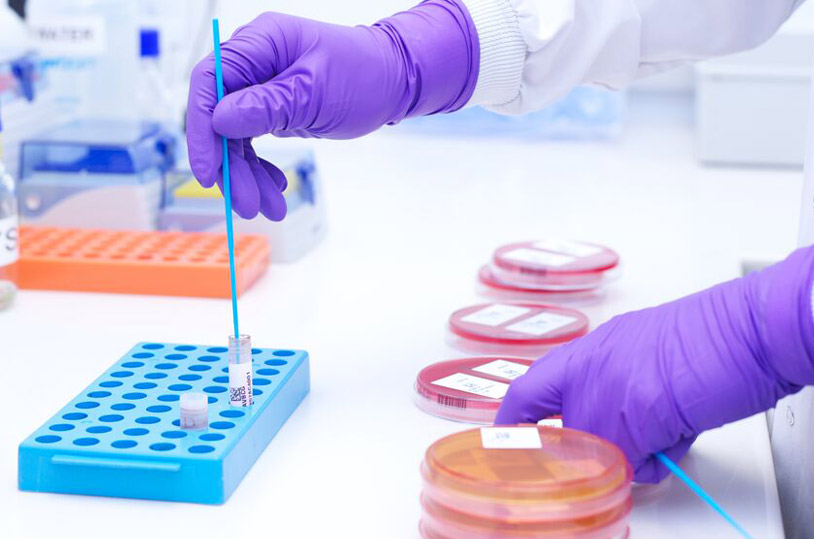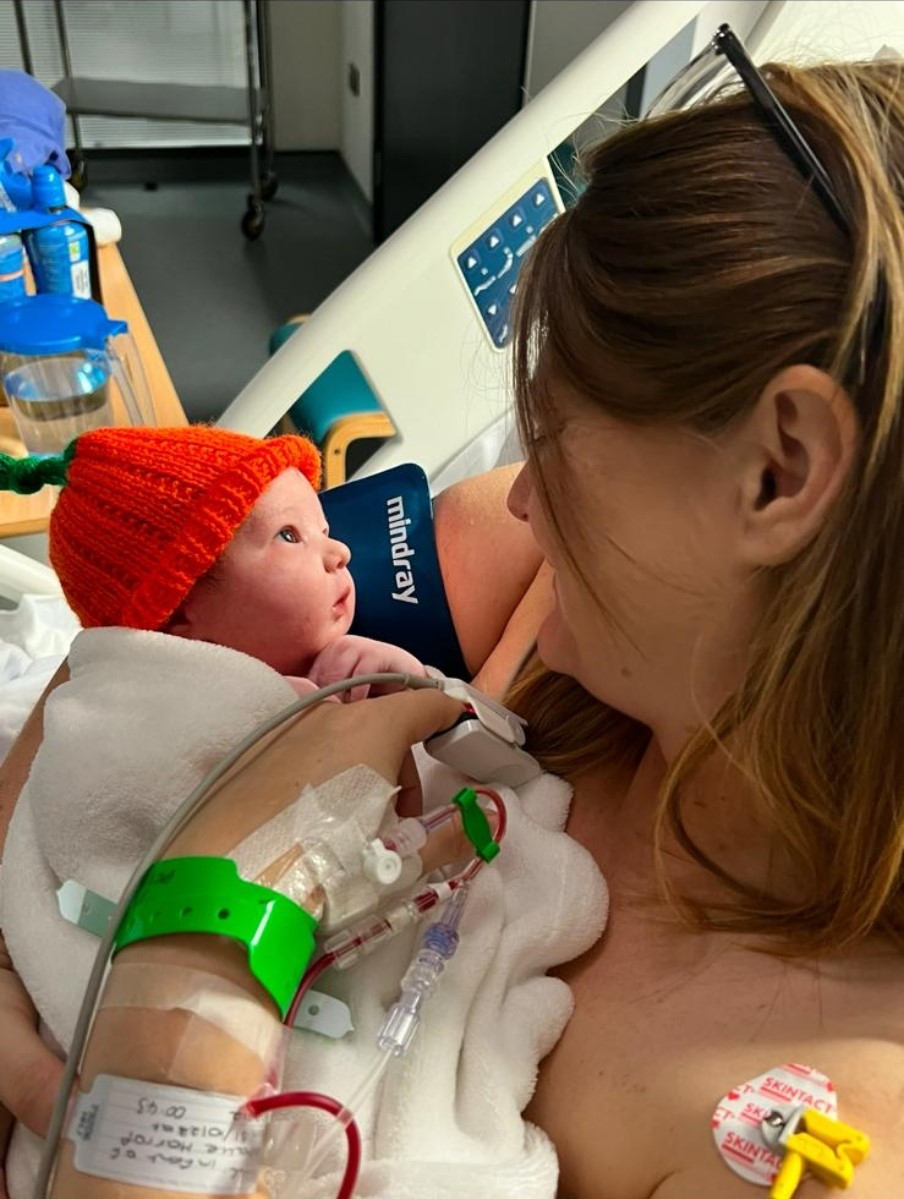
To help you to understand what cord blood is and the benefits of cord blood banking, we’ve answered some of your frequently asked questions.
What is cord blood?
Cord blood is the blood that remains in the placenta and umbilical cord following the birth of a baby. It is rich in stem cells, similar to those found in bone marrow, and can currently be used to treat over 80 life-threatening illnesses, including blood cancer. It can be used to help the baby in the future, if needed, as well as other family members who are a suitable match.
What is cord blood banking?
Cord blood banking is the process of collecting a newborn baby’s umbilical cord blood stem cells safely at the time of birth and storing them for future use in a specialist facility.
Umbilical cord blood and cord tissue contain Mesenchymal Stem Cells (MSC) which are the building blocks for tissues such as fat, bone, muscle, and cartilage. Using MSCs in regenerative medicine, such as the replacement and repair of damaged tissues, is a rapidly developing field.
Cord blood stem cells are currently being used to treat a variety of serious conditions including cancers of the blood, bone marrow failure, blood disorders such as sickle cell anaemia, immunodeficiencies, and metabolic disorders. Clinical trials are continually being performed all over the world exploring potential new uses of stem cells to treat diseases.
For more information about the different conditions cord blood transplants can be used to treat, visit the NHS Blood and Transplant webpage.
Where is cord blood stored?
You can choose to bank your baby’s umbilical cord blood stem cells using a specialist bank, such as our Model Cell Biobank service, which enables you to store the stem cells should your child or a family member need them in the future, with funding support from our charity. Or you can choose to donate them to a public bank to benefit others who need a stem cell transplant, or a private bank to keep the stem cells for a family member for future use.
All cord blood banks have to be licensed by the Human Tissue Authority.
If you do decide to use a private cord blood banking facility, there will be a storage and management fee for this service. Public banking is usually free, but means your stem cells could be used for anyone that is a suitable match and are not reserved exclusively for your family.
Learn more about public and private cord blood banks here.
Read on to learn more about our Model Cell Biobank service and our part-funded and fully-funded offering.
How does the process of banking cord blood work?
When a baby is born and the umbilical cord is cut, the placenta and umbilical cord are normally thrown away, however, the blood that remains in the cord and the placenta is rich in potentially lifesaving stem cells.
Expectant parents have the opportunity to bank these stem cells for future use.
Umbilical cord blood stem cells can only be collected at the time of birth by a trained professional, such as a phlebotomist. It is important to note that extracting the stem cells causes no harm or risk to the mother or baby and does not affect the bonding experience.
If you are banking your baby’s umbilical cord blood stem cells with a specialist facility, you will need to ask your midwife or healthcare provider about whether this can be facilitated at your chosen hospital.
To collect the cord blood stem cells, a midwife will check that both you and the baby are ok before proceeding. The phlebotomist will take the cord blood to collect the stem cells and package it safely and securely, ready to be sent to the laboratory.
Once the stem cells have been successfully processed and stored, you should receive a confirmation letter with details on how to retrieve the cells, should you need them.
They can be stored for 25 years and cannot be released without written consent from the legal guardian or the child once they are of legal age.
Our cord blood banking service
In 2015, we proudly launched our Model Cell Biobank service – the UK’s first umbilical cord blood stem cell storage offering either part-funded or fully-funded support for qualifying families.
Our bespoke service covers either a percentage or the full cost for expectant parents depending on the family’s eligibility, which looks at the household income and whether there is a history of cancer in the immediate family.
To learn more about our Model Cell Biobank service and our eligibility criteria for supported funding, click here.
Where are the cord blood stem cells stored?
Our charity has chosen Biovault Technical as our partner to procure, process and store cord blood stem cells. Biovault Technical has a strong reputation for the standards it applies to the storage and processing of stem cells derived from the umbilical cord and peripheral blood, bone marrow, now extending to many types of tissues for human application or transplant.
For more information about Biovault Technical, visit: www.biovaulttechnical.co.uk.
Here’s what our Model Cell Biobank customers had to say…
“The team at LMRUK were so helpful and knowledgeable – they talked me through the whole process and advised me that as a sibling, there was a 25% chance that Alice’s stem cells would be a match for Lara’s. Craig and I read through all the information on the LMRUK website and decided to apply.” – Sam and Craig
“Cord blood stem cell storage and transplants are very costly so many cannot afford to use this potentially lifesaving service. This would certainly have been the case for us, however, LMRUK’s Model Cell Biobank offers a fully-funded service to qualifying families. If it wasn’t for this service, we would never have been able to afford to store our baby’s cord blood stem cells.” – Natalia
“The whole process of retrieving the cord blood stem cells was very simple. We were sent a kit that contained lots of information on the process, the cord blood storage, and the collection, which was really helpful. The charity was always on hand to answer any of our questions in the lead up to the birth and were a great support.” – Clavy
To read their stories and experiences of banking their baby’s umbilical cord blood stem cells through our Model Cell Biobank service, click here.









